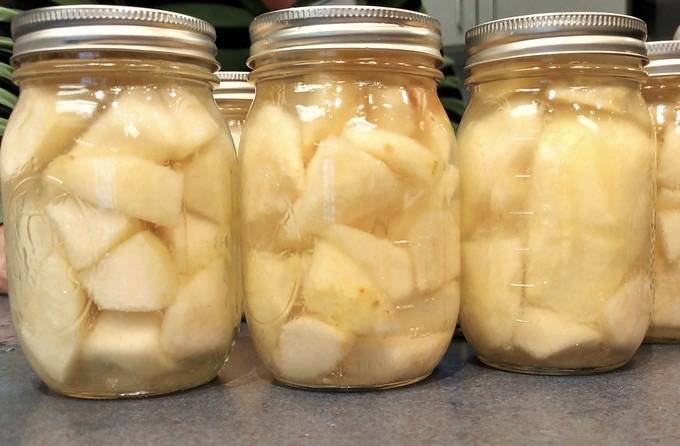USU Extension News Release
Canning is a great way to preserve produce from your garden or local farmers market. During the cold winter months, you can grab a jar of preserved food, and the fresh flavors can transport you back to the warm summer months – even if just for a moment! However, one thing you don’t want to question when you open your preserved produce is whether it is safe to eat.
If food isn’t properly canned, the microorganisms that can cause food-borne illnesses may not be destroyed, which can cause sickness. Specific rules must be followed to ensure canning safety.
To kill all microorganisms in the food, the jars must be processed in either a water bath canner or a pressure canner. The proper method is determined by the food’s acidity level, which can be measured using the pH scale. This scale measures the acidity level in food. Some foods are considered high-acid, and some are low-acid. If a food has a pH lower than 4.6, it is a high-acid food. If a food has a pH higher than 4.6, it is a low-acid food.
High-acid foods have enough acid to help destroy microorganisms in food rapidly when it is heated during the canning process. Because of this, high-acid foods can be processed in a water bath canner.
Low-acid foods do not have enough acid to help destroy microorganisms when heated during the canning process. Because of this, low-acid foods must be processed in a pressure canner. A pressure canner can reach a temperature of 240-250 degrees F, which can destroy the microorganisms.
Water bath or pressure canner guidelines:
| Temperature in the Canner | Food Acidity Level | Examples of Foods Safe for Each Method | |
| Water Bath Canner | 212 degrees F* | High-acid foods | Fruits, pickles, sauerkraut, jams, jellies |
| Pressure Canner | 240-250 degrees F | Low-acid foods | Vegetables, meats, soups |
*The temperature of boiling water decreases as altitude increases.
Tomatoes and tomato mixtures are right on the line of the 4.6 pH scale. Because of this, tomatoes must be acidified by adding acid to the jar. This could include store-bought bottled lemon juice, citric acid, or store-bought vinegar with a 5% acidity. The article, How to Preserve Tomatoes, by USU Extension, has information about canning tomatoes safely.
Additional canning information is available at USU Extension Preserve the Harvest. Contact your local USU Extension office with questions about food safety.
For article references and further information, visit USDA Complete Guide to Home Canning and Principles of Home Canning.

